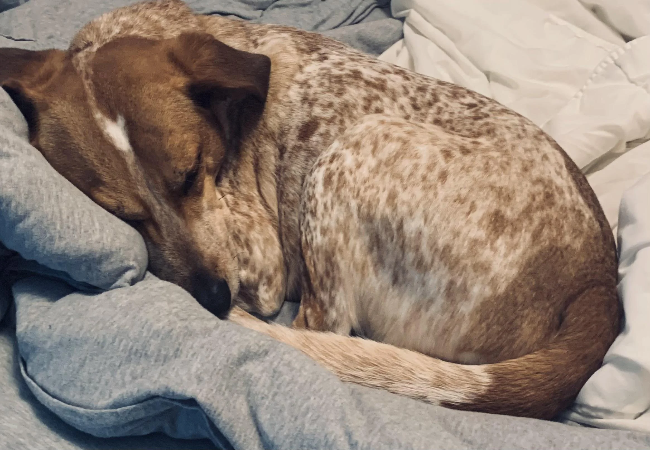Campylobacteriosis in Dogs: Vet-Approved Causes, Symptoms & Treatments (2025 Guide) 🐶💊

In this article
Campylobacteriosis in Dogs: Vet-Approved Causes, Symptoms & Treatments (2025 Guide) 🐶💊
By Dr. Duncan Houston BVSc
As a veterinarian, I often encounter cases of campylobacteriosis in dogs, a bacterial infection that can cause gastrointestinal distress and poses potential risks to humans. Understanding this condition is crucial for early detection, effective treatment, and prevention. This comprehensive guide aims to educate pet owners on the causes, symptoms, and treatment options for Campylobacteriosis in dogs.
🧬 What Is Campylobacteriosis?
Campylobacteriosis is an infection caused by Campylobacter bacteria, primarily C. jejuni and C. upsaliensis. These bacteria infect the gastrointestinal tract, leading to symptoms like diarrhea. While many dogs may carry the bacteria without showing signs, it can cause illness, especially in puppies and immunocompromised dogs.
🐞 Causes of Campylobacteriosis
Dogs typically contract campylobacteriosis through:
- 🥩 Ingesting contaminated food or water, Especially raw or undercooked meat.
- 💩 Contact with infected feces: Common in kennels, shelters, or dog parks.
- 🧼 Poor hygiene: Unsanitary living conditions increase risk.
Young puppies, dogs with weakened immune systems, and those in crowded environments are at higher risk.
⚠️ Symptoms of Campylobacteriosis
Symptoms can range from mild to severe and may include:
- 💩 Diarrhea (sometimes bloody or mucoid)
- 🤢 Vomiting
- 🌡️ Fever
- 😴 Lethargy
- 🍽️ Loss of appetite
- 🩸 Straining during defecation
In severe cases, dehydration and weight loss may occur. If your dog exhibits these symptoms, consult your veterinarian promptly.
🩺 Diagnosing Campylobacteriosis
Diagnosis involves:
- 🔬 Fecal examination: Microscopic analysis to detect bacteria.
- 🧫 Fecal culture: Identifies specific Campylobacter species.
- 🧪 PCR testing: Detects bacterial DNA for accurate diagnosis.
- 🩻 Additional tests: Blood work or imaging if systemic infection is suspected.
Accurate diagnosis ensures appropriate treatment and management.
💊 Treatment Options
Treatment depends on the severity of the infection:
- 💧 Supportive care: Ensuring hydration and electrolyte balance.
- 💊 Antibiotics: Erythromycin or tylosin may be prescribed in severe cases.
- 🛌 Hospitalization: For dogs with severe dehydration or systemic illness.
Many cases are self-limiting and resolve with supportive care. However, antibiotics can reduce bacterial shedding, minimizing transmission risk.
🛡️ Preventing Campylobacteriosis
Prevention strategies include:
- 🥩 Avoid raw diets: Cook meat thoroughly before feeding.
- 💧 Provide clean water: Ensure access to fresh, uncontaminated water.
- 🧼 Maintain hygiene: Regularly clean food and water bowls and living areas.
- 🚫 Limit exposure: Avoid contact with feces from other animals.
- 🧴 Handwashing: Wash hands after handling pets or cleaning up waste.
These measures reduce the risk of infection for both dogs and humans.
📱 Support and Resources
If you suspect your dog has campylobacteriosis, consult your veterinarian promptly. For additional support:
- Ask A Vet: Access professional veterinary advice through the Ask A Vet platform.
- Download the Ask A Vet App: For quick access to veterinary support, download the Ask A Vet app.
Early diagnosis and appropriate treatment can significantly improve your dog's health and prevent the spread of infection.
🐾 For more expert advice and pet care tips, visit AskAVet.com.






